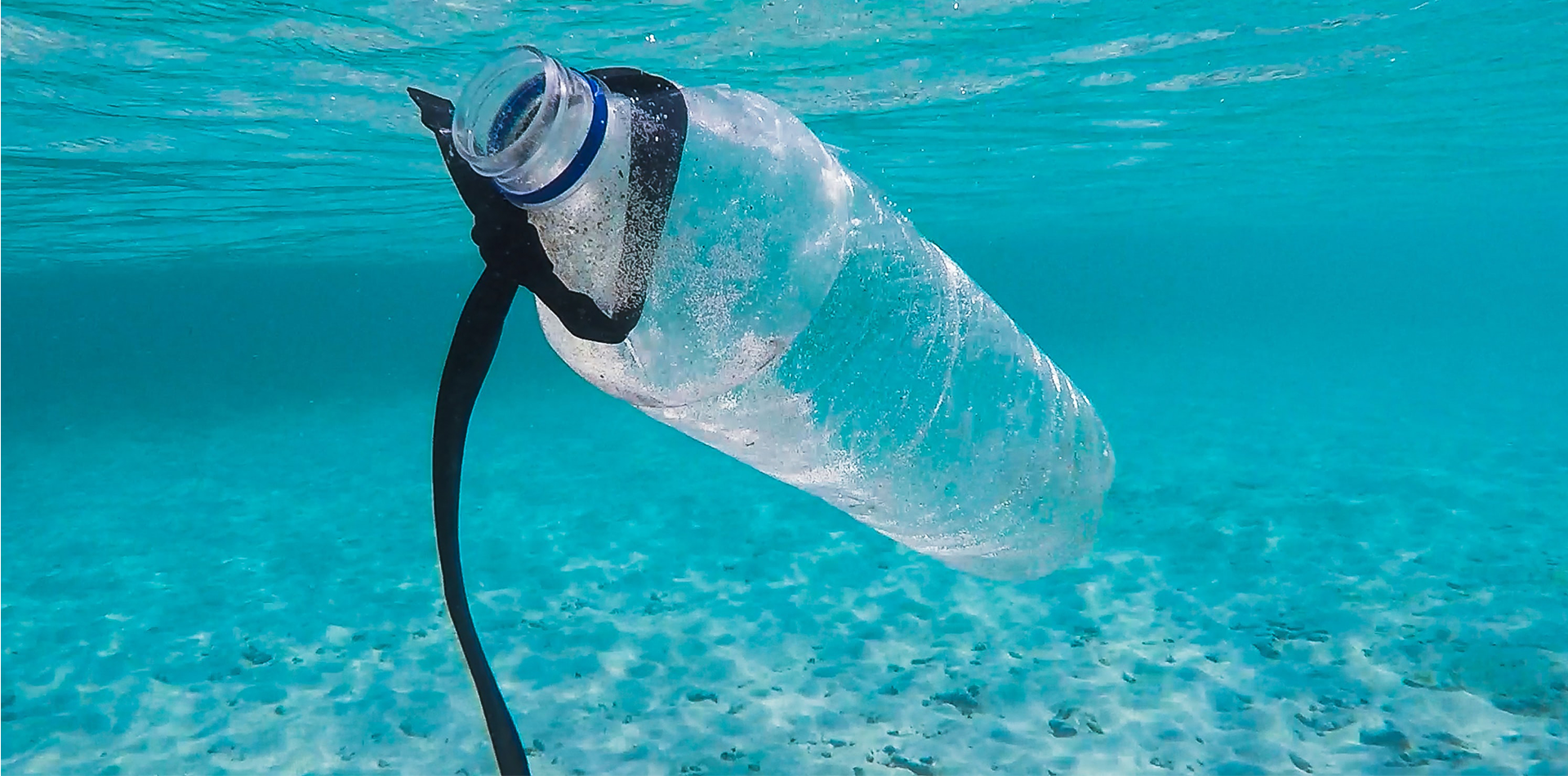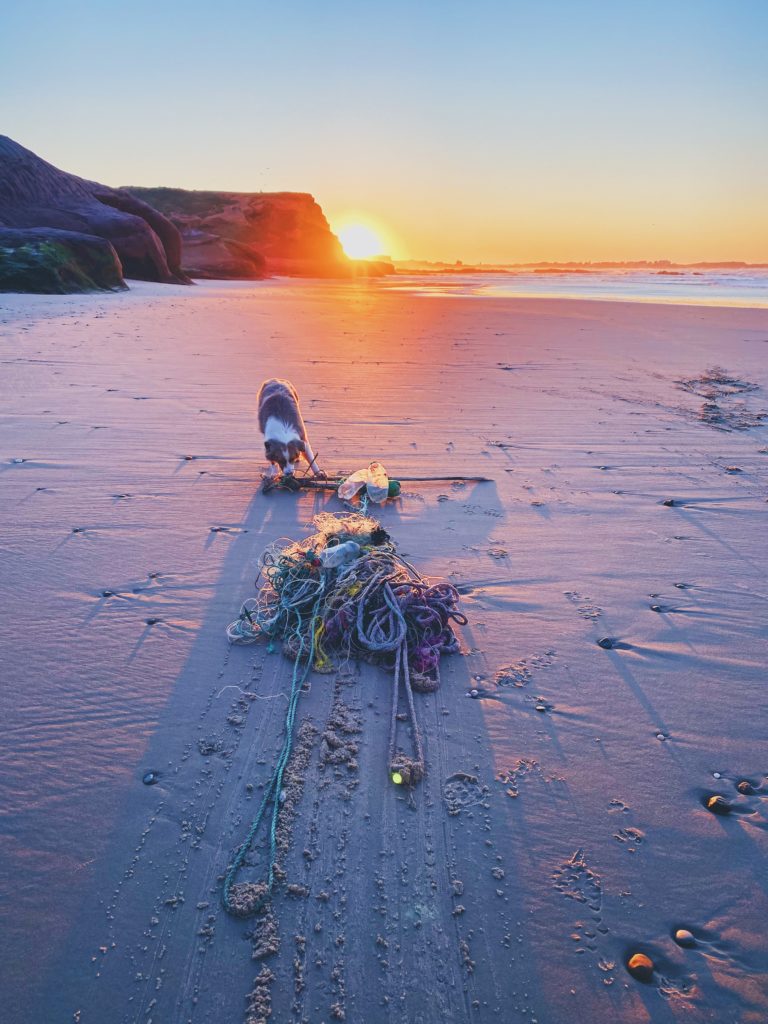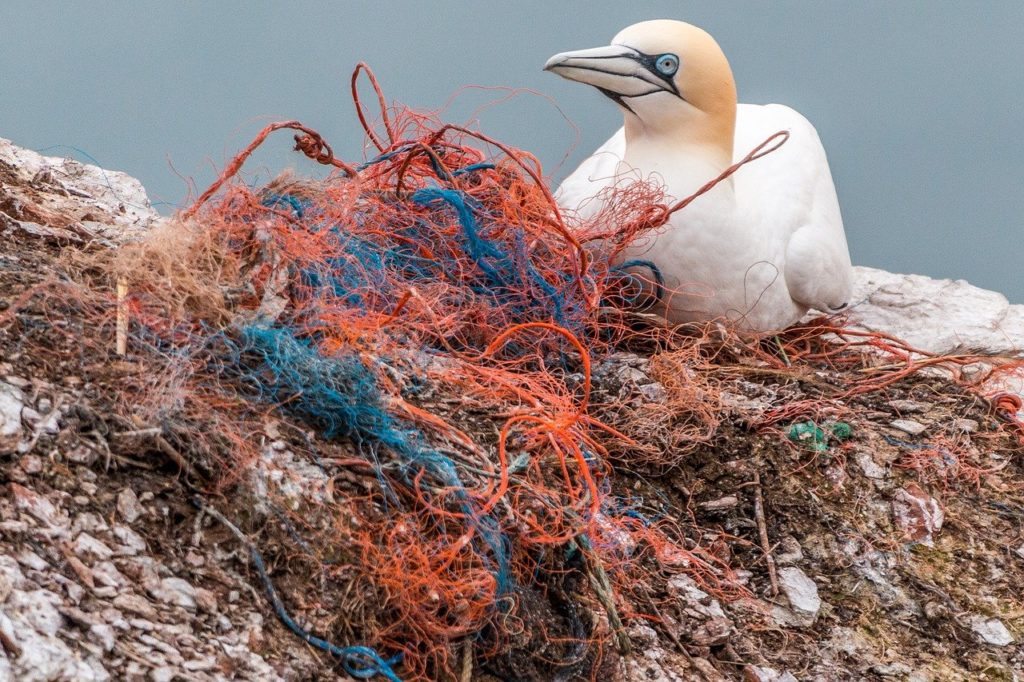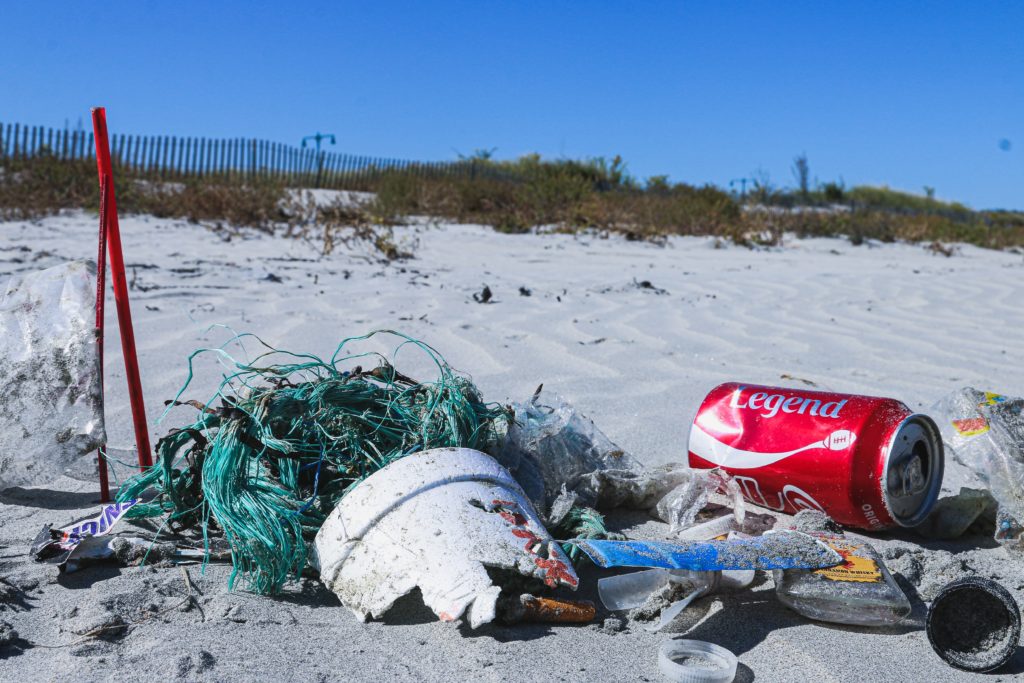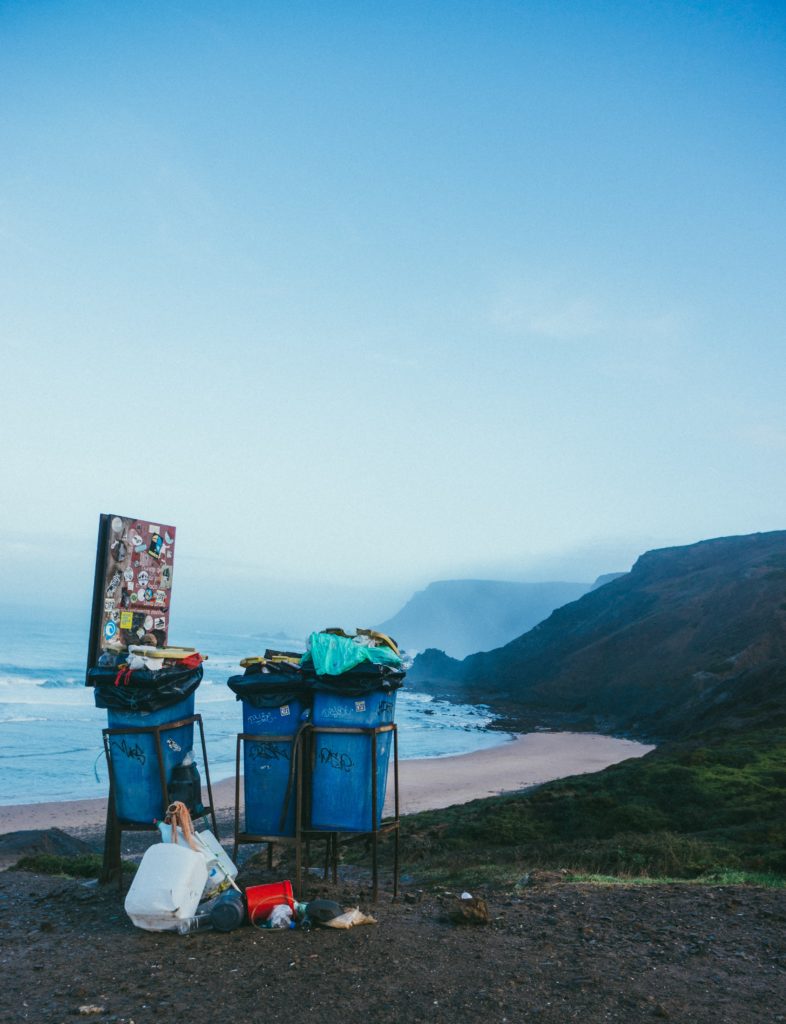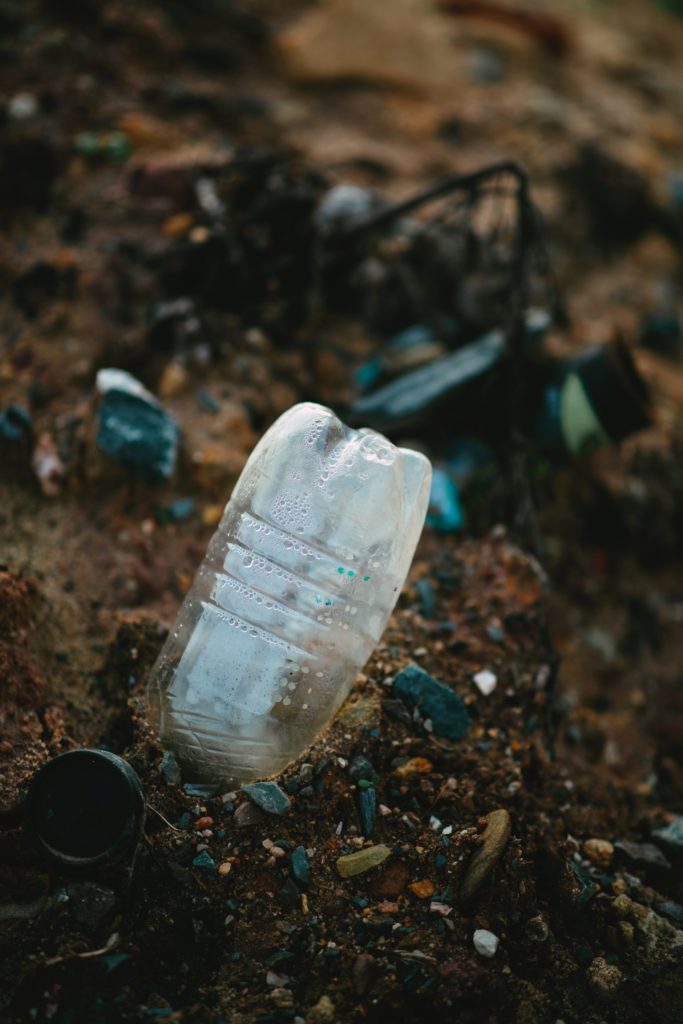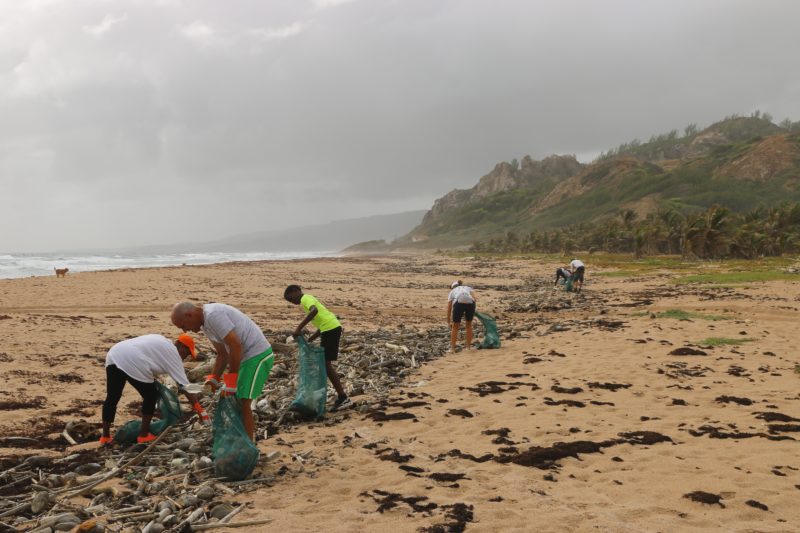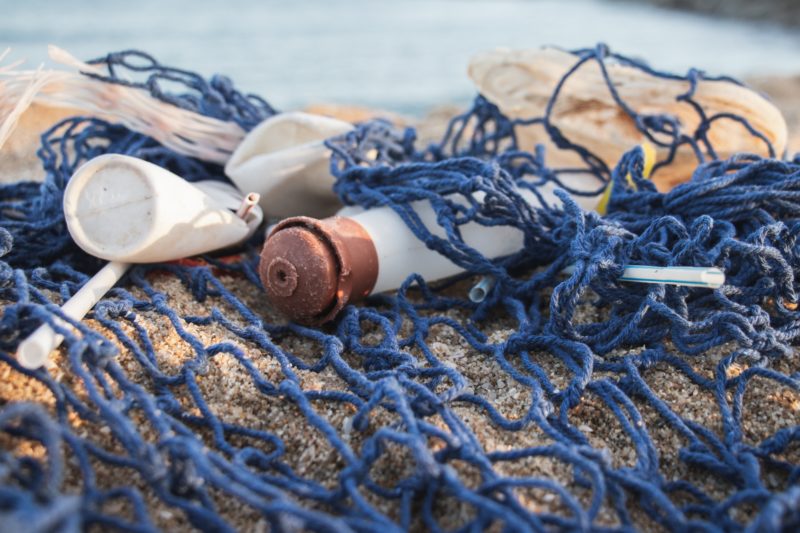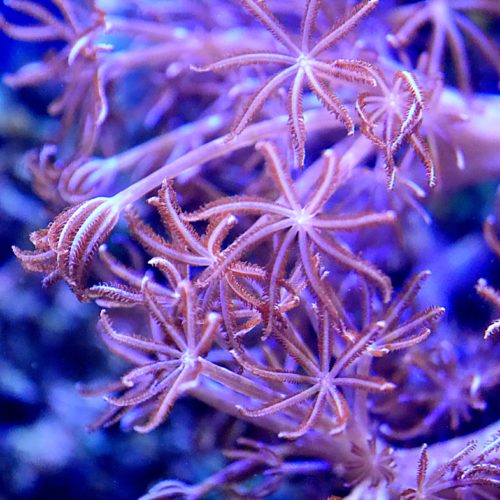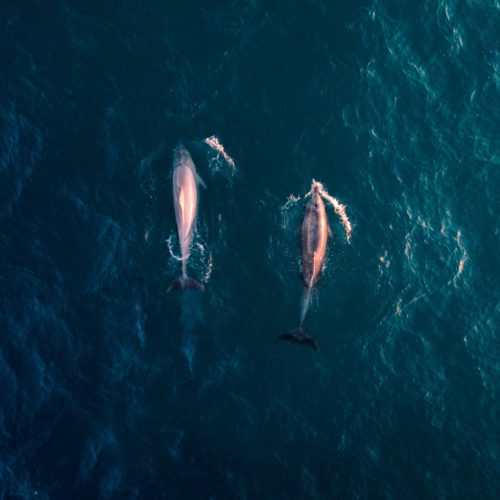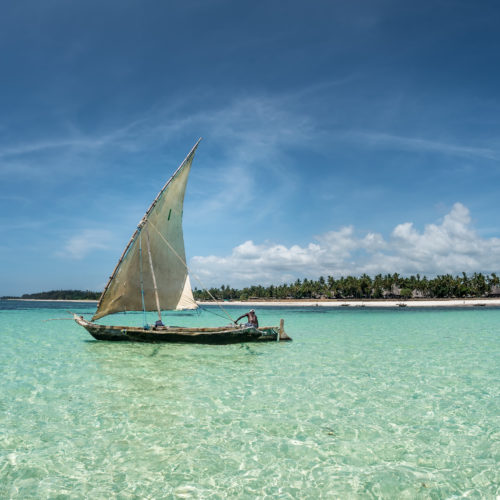Plastic is a durable, versatile material suited to a variety of applications replacing use of more conventional materials for packaging and single use items. As it stands, 70-80 million tonnes of plastic packaging are used each year, yet the proportion of this figure that ends up in the ocean is still to be estimated. Unfortunately, this estimate is expected to increase due to the migration of people to coastal areas and extensive fishing and recreational use of the ocean.
Recently, the deleterious effects of microplastic pollution in the marine environment has been propelled into the media. Previously, most studies focussed on large marine mammal entanglement such a whales and dolphins, as well as plastic ingestion by sea turtles and birds. It has been found that plastic pollution affects 44% of marine species in a wide range of size classes. It is therefore far more prevalent than originally thought. Most concerning is not the images of sea turtles sporting a six-pack ring necklaces, but rather the plastic we cannot see, often referred to as ‘microplastics’.



